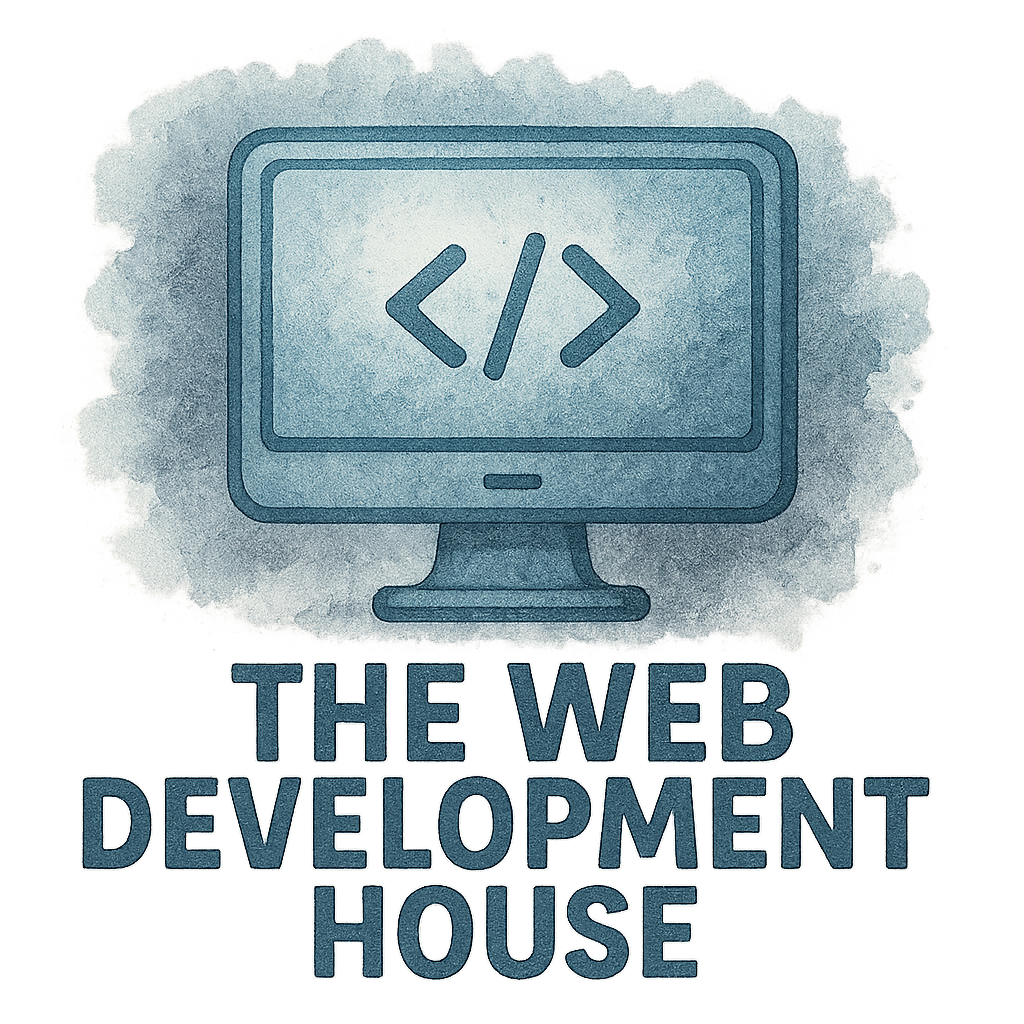If you’ve ever wondered what goes on behind the scenes at a high-performing development house, you’re not alone. Modern dev houses aren’t just about writing code—they’re powered by a stack of innovative technologies that drive creativity, efficiency, and precision. Let’s take a deep dive into the 12 technologies that every modern dev house relies on to deliver seamless digital solutions.
Why Technology Defines a Dev House
At the heart of every dev house is its tech stack—this defines how quickly they deliver, how robust their solutions are, and how well they scale. It’s more than just flashy tools; it’s about smart workflows and consistent innovation.
1. Agile Project Management Tools
Why Agile Reigns Supreme
Gone are the days of rigid timelines and waterfall development. Agile empowers dev teams to build, iterate, and deploy quickly—keeping clients in the loop every step of the way.
Top Tools in Agile Arsenal
Tools like Jira, Trello, and Asana help dev houses assign tasks, track sprints, and manage product backlogs efficiently. They allow for flexible planning and real-time updates across teams.
👉 Learn More About Project Management
2. Version Control Systems
Git and GitHub: The Dynamic Duo
Version control systems like Git (and platforms like GitHub, GitLab, and Bitbucket) are essential for collaboration. They track every code change, let teams roll back errors, and support multi-developer environments seamlessly.
3. CI/CD Pipelines
Automating DevOps for Speed and Quality
Continuous Integration and Continuous Deployment (CI/CD) systems like Jenkins, GitHub Actions, and CircleCI automate testing and deployment. This helps avoid bottlenecks and ensures that code flows smoothly from dev to production.

4. Containerization (Docker & Kubernetes)
Why Dev Houses Love Containers
Docker and Kubernetes allow apps to run in isolated environments—meaning your app works exactly the same everywhere. Containers increase scalability, portability, and eliminate the classic “it works on my machine” issue.
5. Cloud Infrastructure
AWS, GCP & Azure — Hosting the Future
A modern dev house doesn’t run on local servers anymore. Cloud providers like Amazon Web Services (AWS), Google Cloud Platform (GCP), and Microsoft Azure offer scalable hosting, storage, and security, so devs can focus on building instead of maintaining servers.
6. UI/UX Design Tools
Designing Experiences, Not Just Interfaces
Tools like Figma, Adobe XD, and Sketch help teams design wireframes and prototypes that are intuitive and beautiful. Great dev houses prioritize user experience from day one.
🎨 Dive into UI/UX Design
7. Frontend Frameworks
React, Vue, and Angular in Action
Frontend development is all about responsiveness and interactivity. React is king, Vue is growing fast, and Angular holds strong in enterprise environments. A solid frontend means seamless user journeys.
🌐 Read about Web Development
8. Backend Frameworks
Node.js, Django, and Laravel Run the Show
The backend is the engine room. Node.js is favored for real-time applications, Django for rapid development, and Laravel for its elegant PHP syntax. Dev houses choose based on project needs and scalability.
9. Mobile Development Platforms
Building Apps for a Mobile-First World
With the rise of mobile-first users, platforms like Flutter, React Native, and Swift are go-to choices. They enable dev houses to build cross-platform apps faster and cheaper without sacrificing performance.
📱 Discover Mobile Development
10. Testing Tools & QA Automation
Ensuring Bug-Free Code
Tools like Selenium, Cypress, and Jest are used to test apps from top to bottom. Automation ensures faster feedback and fewer bugs, which is a game-changer for continuous deployment.
11. Monitoring & Analytics Platforms
Data That Drives Product Evolution
Tools like New Relic, Datadog, and Google Analytics help teams track app performance, user behavior, and detect issues before they become problems. It’s how dev houses stay proactive.
12. Collaboration & Productivity Software
Working Smart in Hybrid Environments
Communication is critical—tools like Slack, Notion, Loom, and Zoom make collaboration seamless, whether the team is in-house or remote.
💼 Explore Company Culture and Productivity
Embracing Innovation at The WD House
At The WD House, we live and breathe development. We don’t just adopt technologies—we embed them into our DNA. From company culture to core values, innovation is at the heart of everything we do.
We’re not just using these tools—we’re constantly evaluating, refining, and mastering them to deliver better, faster, and smarter. Whether it’s refining our services, building intuitive UI/UX experiences, or powering startups with best practices, we’re setting the bar for what a dev house should be.
Conclusion
A modern dev house is more than a code factory—it’s an ecosystem powered by the right tools, the right mindset, and a relentless drive to create. These 12 technologies are what set the best apart from the rest. They streamline workflows, enhance productivity, and fuel innovation.
At The WD House, we’re proud to leverage these technologies to craft scalable digital experiences that make an impact. Whether you’re launching a new product or scaling your startup, make sure your dev partner checks all these boxes.
FAQs
1. What makes a dev house different from a software agency?
A dev house focuses heavily on product development and technical innovation, often with a deep bench of engineers and designers, while agencies may prioritize marketing and design.
2. Why is Agile so popular in modern dev houses?
Agile allows for faster iteration, constant feedback, and more client involvement—key for building relevant, high-quality products.
3. Do I need CI/CD if I’m a small startup?
Absolutely. Even small teams benefit from automated testing and deployments, reducing bugs and speeding up time to market.
4. What’s the difference between frontend and backend frameworks?
Frontend frameworks handle what users see; backend frameworks manage the logic, data, and server-side operations.
5. Is cloud hosting really necessary?
Yes! It offers scalability, security, and cost-efficiency—must-haves for any modern dev workflow.
6. How do dev houses choose between Flutter and React Native?
It depends on the project goals, target platforms, and team expertise—both are powerful for cross-platform mobile development.
7. What should I look for when hiring a dev house?
Look for a strong tech stack, a proven portfolio, transparent communication, and alignment with your product vision and values.

